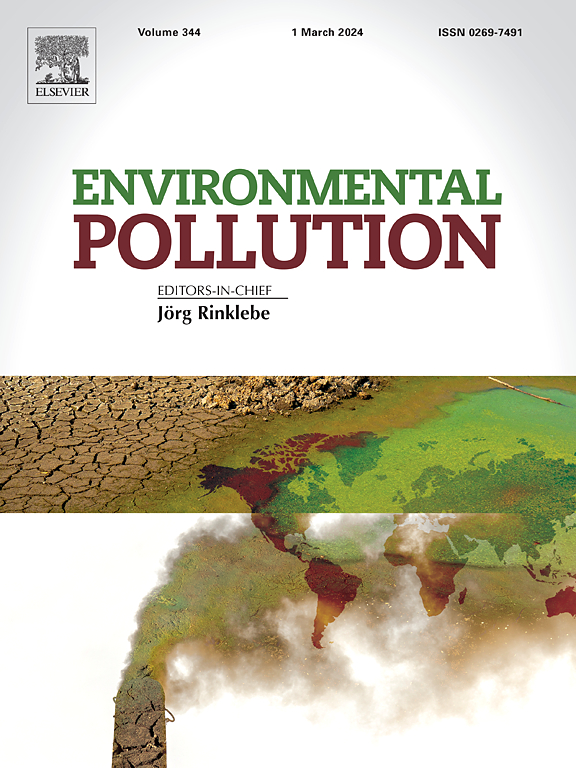Self-Organizing Map provides new insights into the MixSIAR model for calculating the source contributions of sulfate contamination in groundwater
IF 7.6
2区 环境科学与生态学
Q1 ENVIRONMENTAL SCIENCES
引用次数: 0
Abstract
The concentration of sulfate in global groundwater has been observed a significant upward trend in recent years. Excessive sulfate levels contribute to increased groundwater salinity and acidification, thereby posing a threat to human health and ecological balance. For effective groundwater pollution management and control, accurately quantifying the sources of sulfate pollution remains a challenge. This research integrates the Self-Organizing Map (SOM) clustering method to enhance the accuracy of the Bayesian isotope mixing model (MixSIAR) in quantifying the contribution rate of groundwater sulfate. During the dry season, sulfate (SO42−) primarily originates from the oxidation of pyrite, whereas SO42− sources include both pyrite oxidation and the co-dissolution of carbonate rocks and gypsum during the normal and wet seasons. Incorporating SOM, the MixSIAR model demonstrates reduced values of Leave-One-Out Information Criterion (LOOIC), and Widely Applicable Information Criterion (WAIC) (LOOIC = 82.5, and WAIC = 82.3). Overall, in the study area, coal mines (accounting for 34.3% – 48.4%) are identified as the primary pollution sources, particularly in Clusters 3, 4 and 5. Clusters 1, 2, and 5 are more significantly affected by other pollution sources, with fertilizers contributing 32.7%, evaporite dissolution contributing 24.1% and 24.2%, respectively. This study supports the development of regional pollution control strategies.


求助全文
约1分钟内获得全文
求助全文
来源期刊

Environmental Pollution
环境科学-环境科学
CiteScore
16.00
自引率
6.70%
发文量
2082
审稿时长
2.9 months
期刊介绍:
Environmental Pollution is an international peer-reviewed journal that publishes high-quality research papers and review articles covering all aspects of environmental pollution and its impacts on ecosystems and human health.
Subject areas include, but are not limited to:
• Sources and occurrences of pollutants that are clearly defined and measured in environmental compartments, food and food-related items, and human bodies;
• Interlinks between contaminant exposure and biological, ecological, and human health effects, including those of climate change;
• Contaminants of emerging concerns (including but not limited to antibiotic resistant microorganisms or genes, microplastics/nanoplastics, electronic wastes, light, and noise) and/or their biological, ecological, or human health effects;
• Laboratory and field studies on the remediation/mitigation of environmental pollution via new techniques and with clear links to biological, ecological, or human health effects;
• Modeling of pollution processes, patterns, or trends that is of clear environmental and/or human health interest;
• New techniques that measure and examine environmental occurrences, transport, behavior, and effects of pollutants within the environment or the laboratory, provided that they can be clearly used to address problems within regional or global environmental compartments.
 求助内容:
求助内容: 应助结果提醒方式:
应助结果提醒方式:


